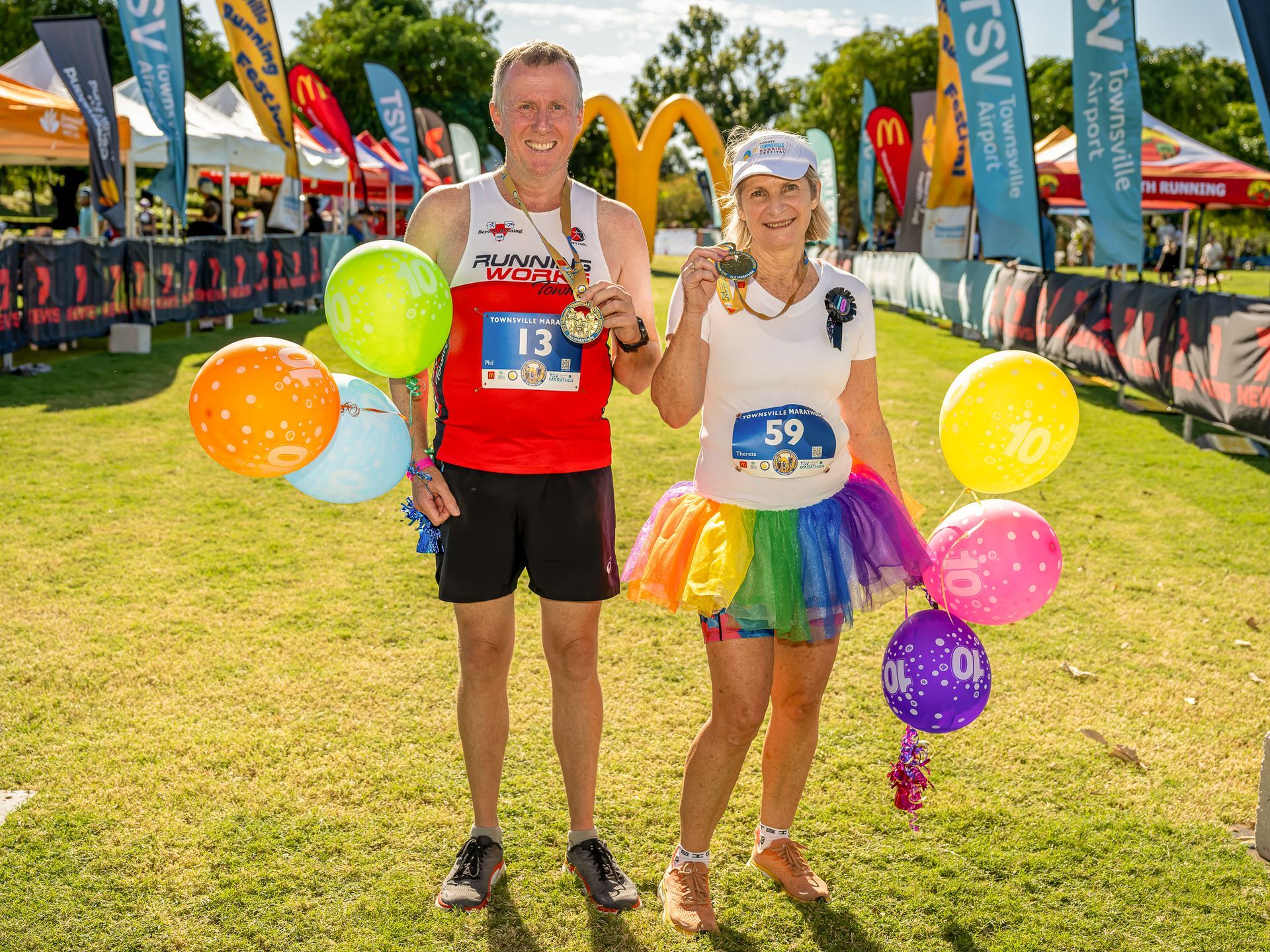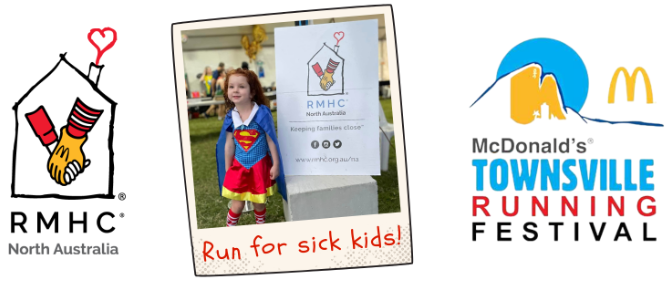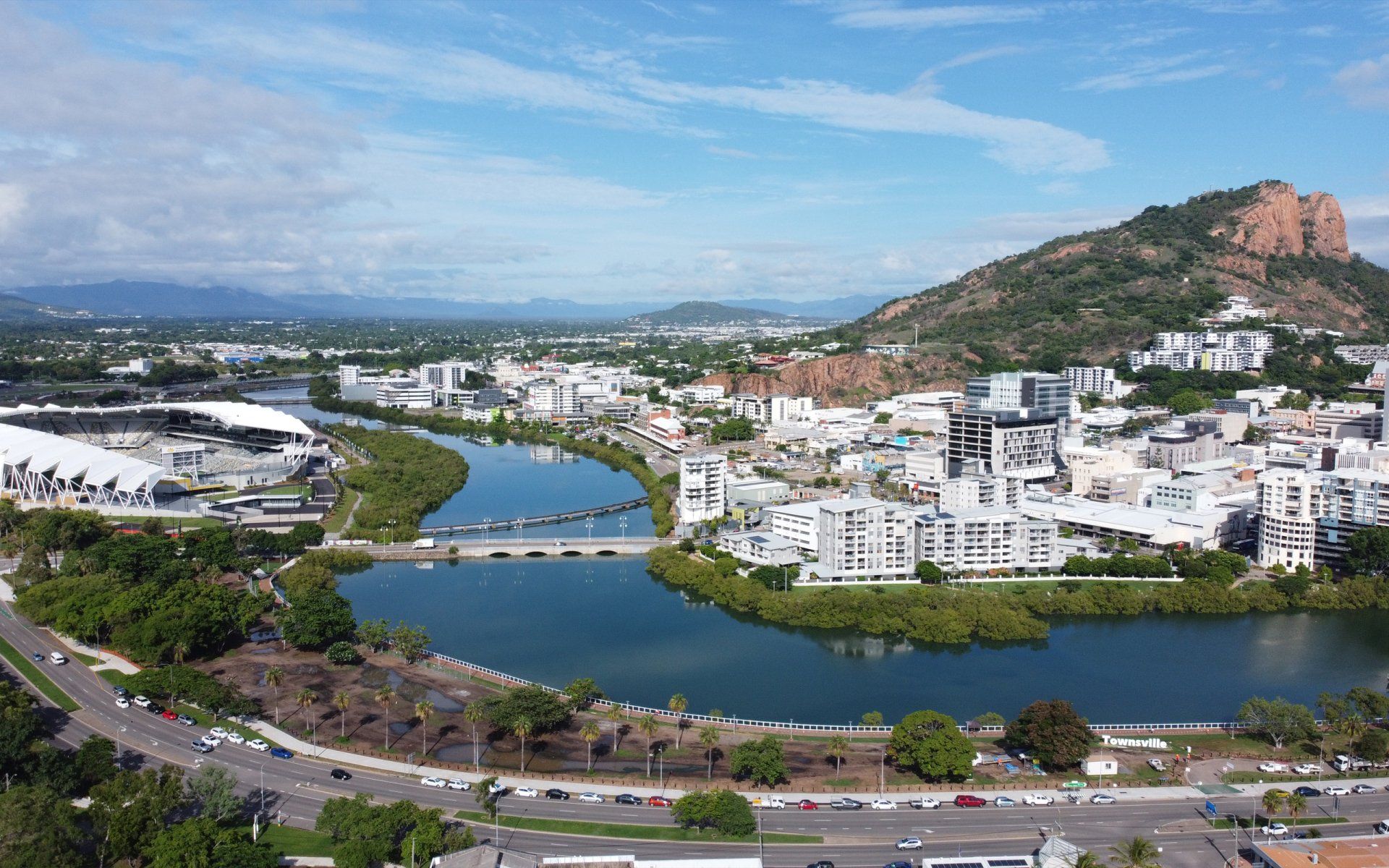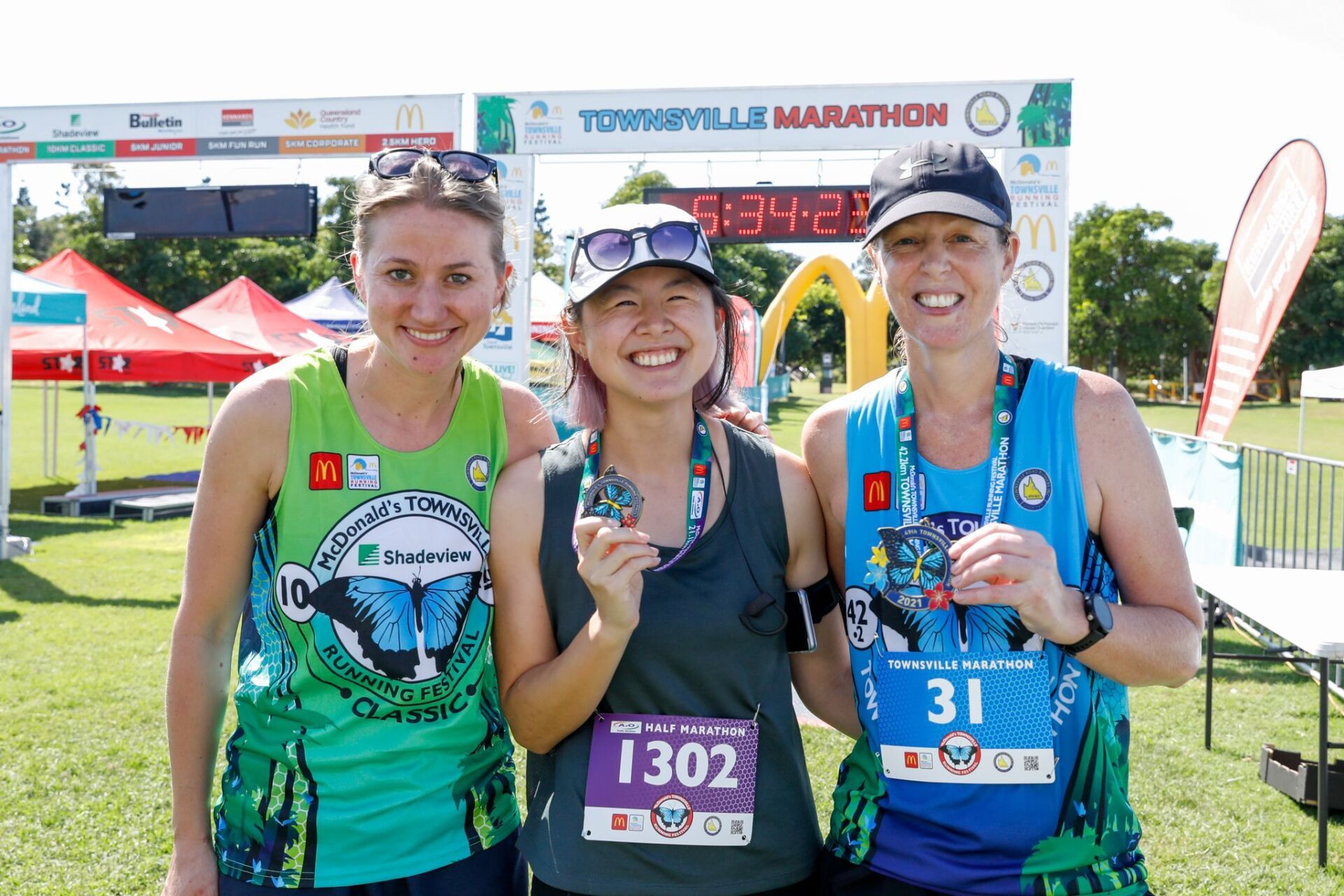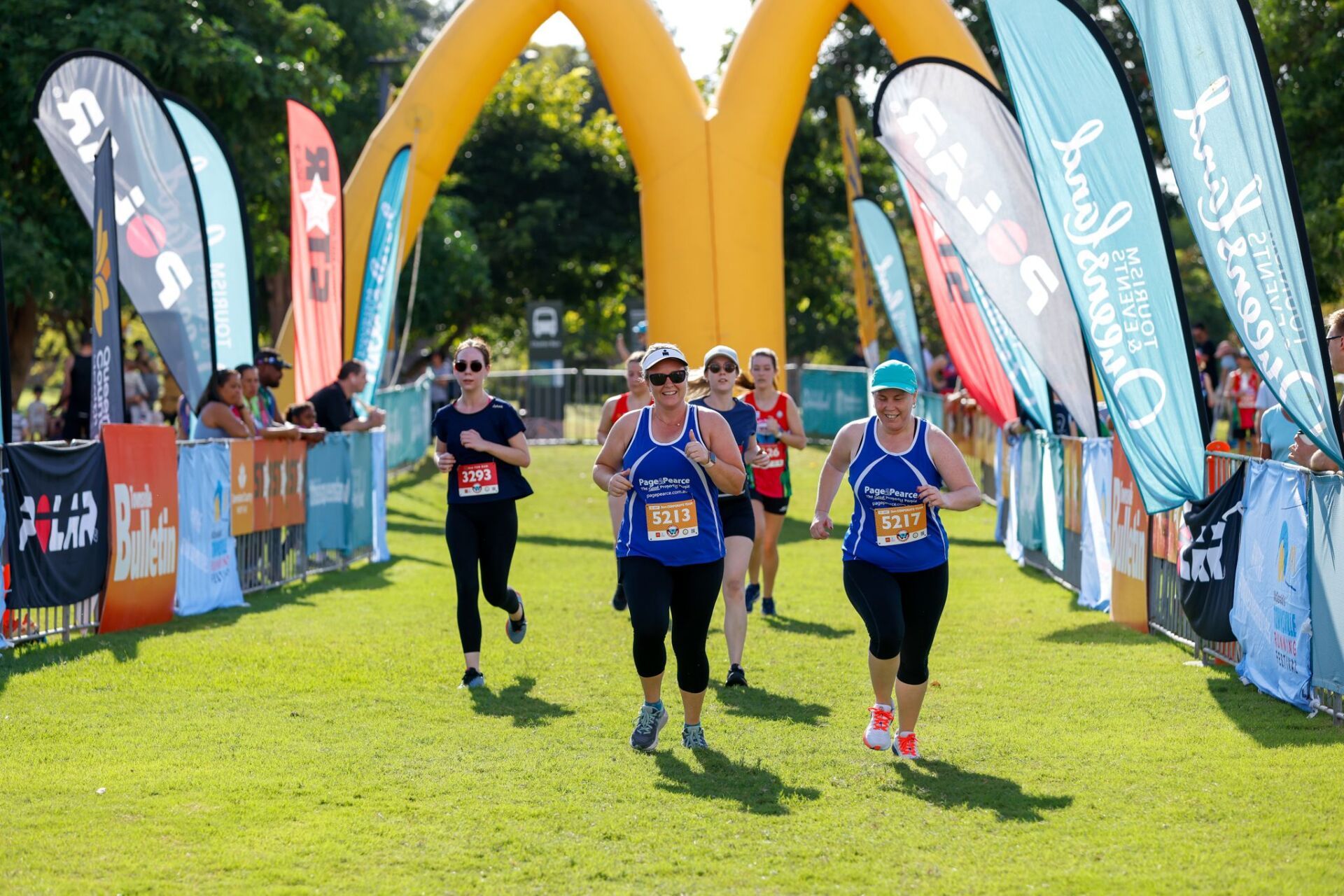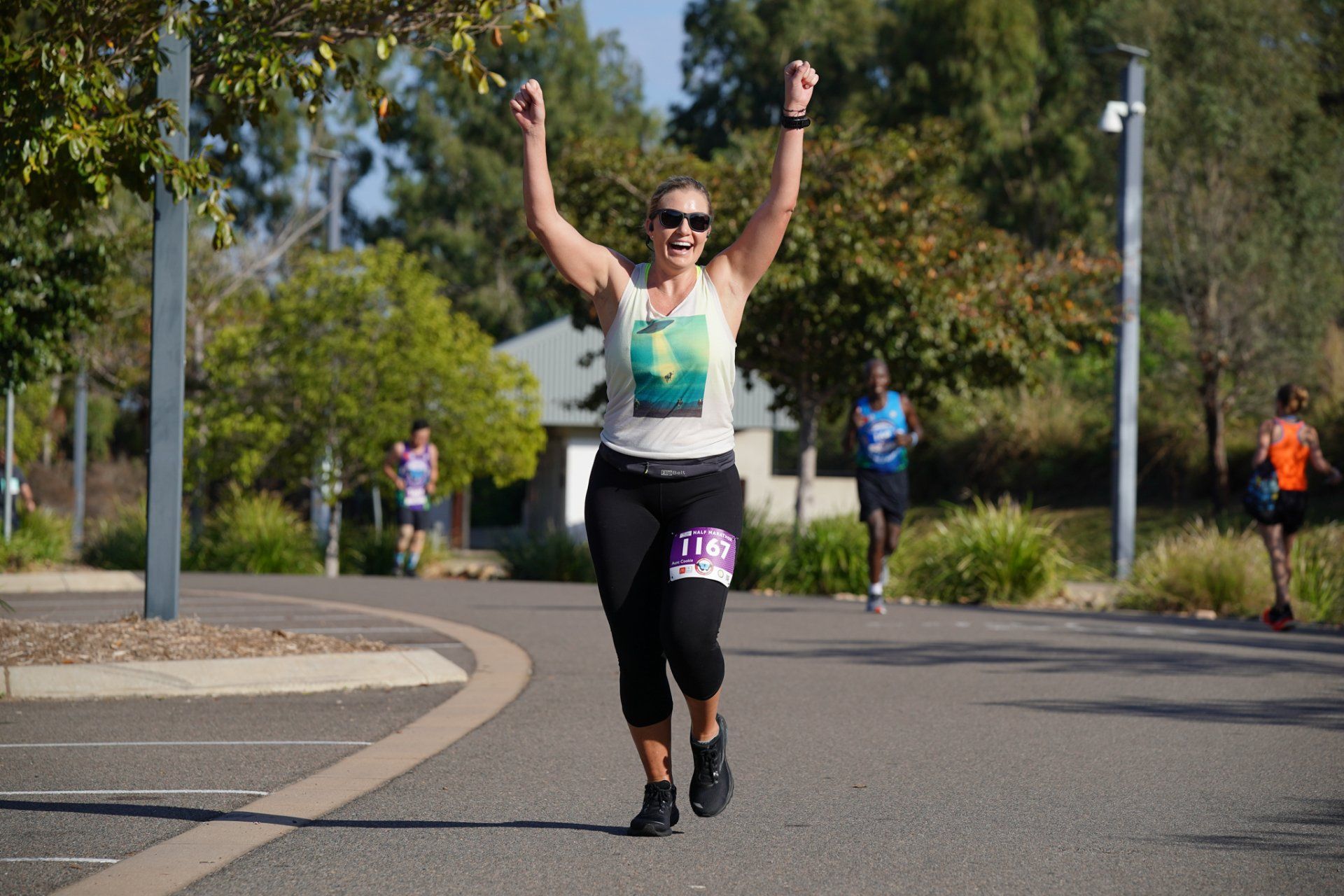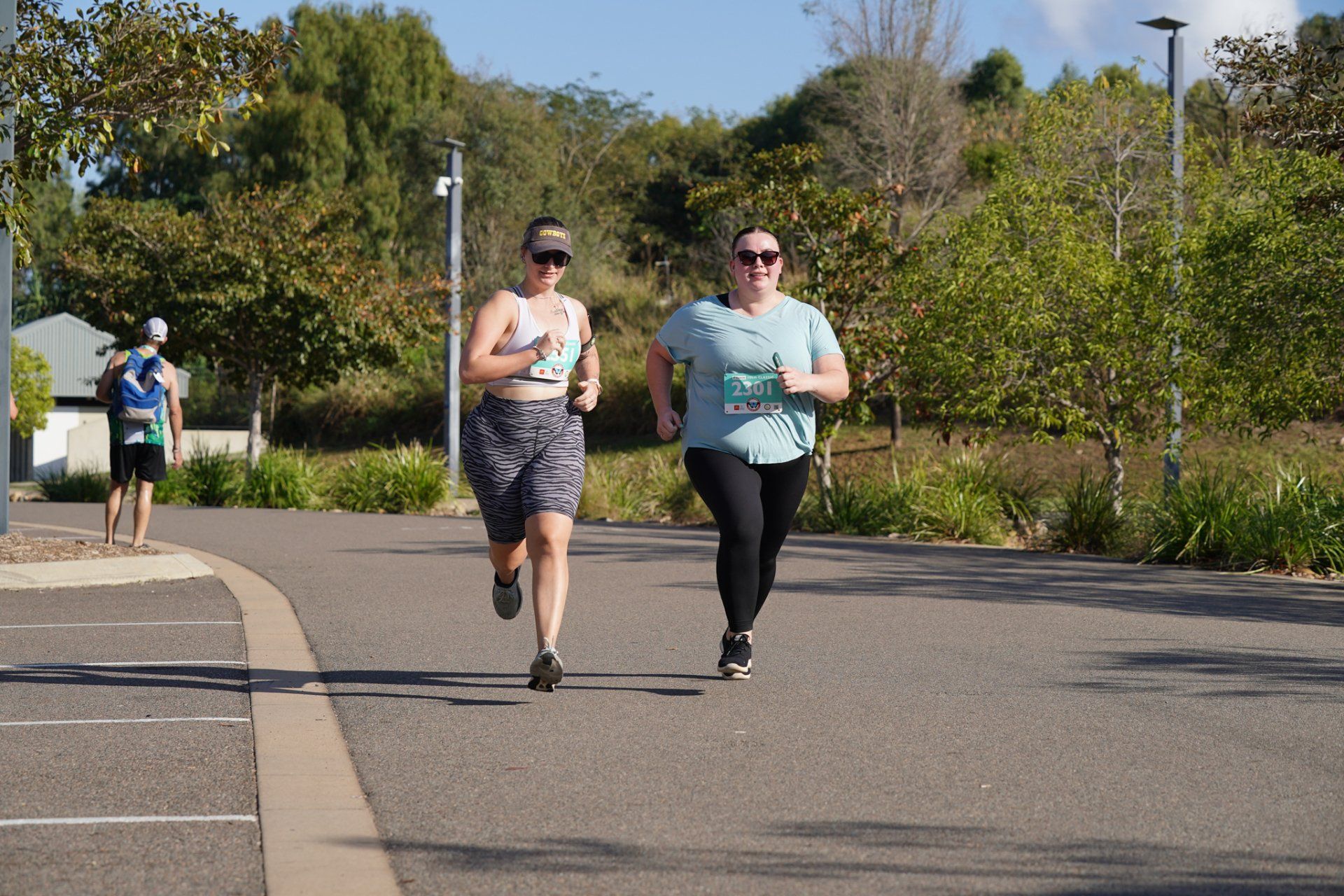Wheelchair Athletes Information
Important information for wheelchair athletes
Lead up to race day:
Race Bib
You must pick up your race bib (race number), which is in your race pack, from the Jezzine Barracks Race precinct between 11am and 4pm on Saturday, 3rd August, 2024 (the day before the event).
It is compulsory to wear your race number on the front of your shirt in your race. A timing device is attached to your number. You should check your bib on a timing screen at registration on Saturday.
Attach your race number with pins provided – do not fold, bend or wrinkle your race number. For identification purposes, and ease of locating your photographs post event, wear your race number facing forward. We urge you to complete the medical details on the rear of your race number. Race bib colours are coded by race distance. You are entitled to keep your race number and timing tag as a souvenir. Remember no race number means no race time.
Race Briefing
Race briefings will be conducted on registration day, Saturday 3rd August 2024. Join our Event and Race Directors between 12pm and 2pm at Race HQ on Saturday to get the low down on your race course, view course maps and ask any questions you may have about the courses.
Race gear preparation
Before arriving on race day please ensure your race chair is in sound working order - you must pre-inspect for your safety as well as that of others. It is advisable that a final check is made on race day after transportation to the event precinct. Ideally your support crew should bring any spares/repair kit that may be needed for repairs during the race.
The Marathon start is pre-dawn so some suitable form of front and rear lighting (e.g. cycle lights) is strongly recommended for safety reasons. Although sections of the course to be negotiated in the dark are lit, the available lighting is poor in places. For better vision of small details on course it may be advisable to include a head torch as part of your kit.
Race day:
Chair drop off
Day chairs may be left at the HQ area pop your name on the provided tags. A nominated person may collect the chair for you after the race.
Start line
Start lines/areas can create several risks to both wheelies and able-bodied competitors. Please ensure you can be seen getting to your start area. It is ok to have another athlete or helper get you to the start line.
Start zones can be chaotic due to the large numbers of participants moving as one. The race start is slightly uphill so be aware of your starting area and its relationship to the potentially fast-moving group of athletes nearby. The group should thin out within the first couple of kilometres, but clear communication with athletes ahead and behind will be the key to a safe race.
Please allow a safe spacing between you and other competitors when overtaking and when navigating turns.
There are a number of 180 and 90 degree turns on the course which will provide varying degrees of difficulty for chair athletes/chair types. In particular, the 180ᵒ turns at the Casino end of the city loop, and the marathon turn at Pallarenda, are quite narrow/tight turns. Similarly, the 90ᵒ turn from Sir Leslie Theiss Dr into the Strand has a narrow passageway between median strips.
Surface changes and curbs are present throughout the Marathon course but almost all curbs/median strips are easily avoided. There is a median strip to be negotiated as you pass the end of Lower Wickham St along the Strand.
The final 63 m of the course is grass. There is a curb (with ramp) to be negotiated to enter the grassy finish straight so ensure you are ready to successfully negotiate the curb and blast downhill to the finish and rapturous applause.
All general information about the McDonald’s Townsville Running Festival can be found in the Competitor Handbook which is available on the website.
We strongly encourage all competitors to familiarise themselves with the contents of that booklet so they are fully informed about the lead in to, and race day, logistics.
Course maps can also be viewed in a number of different formats on the website.
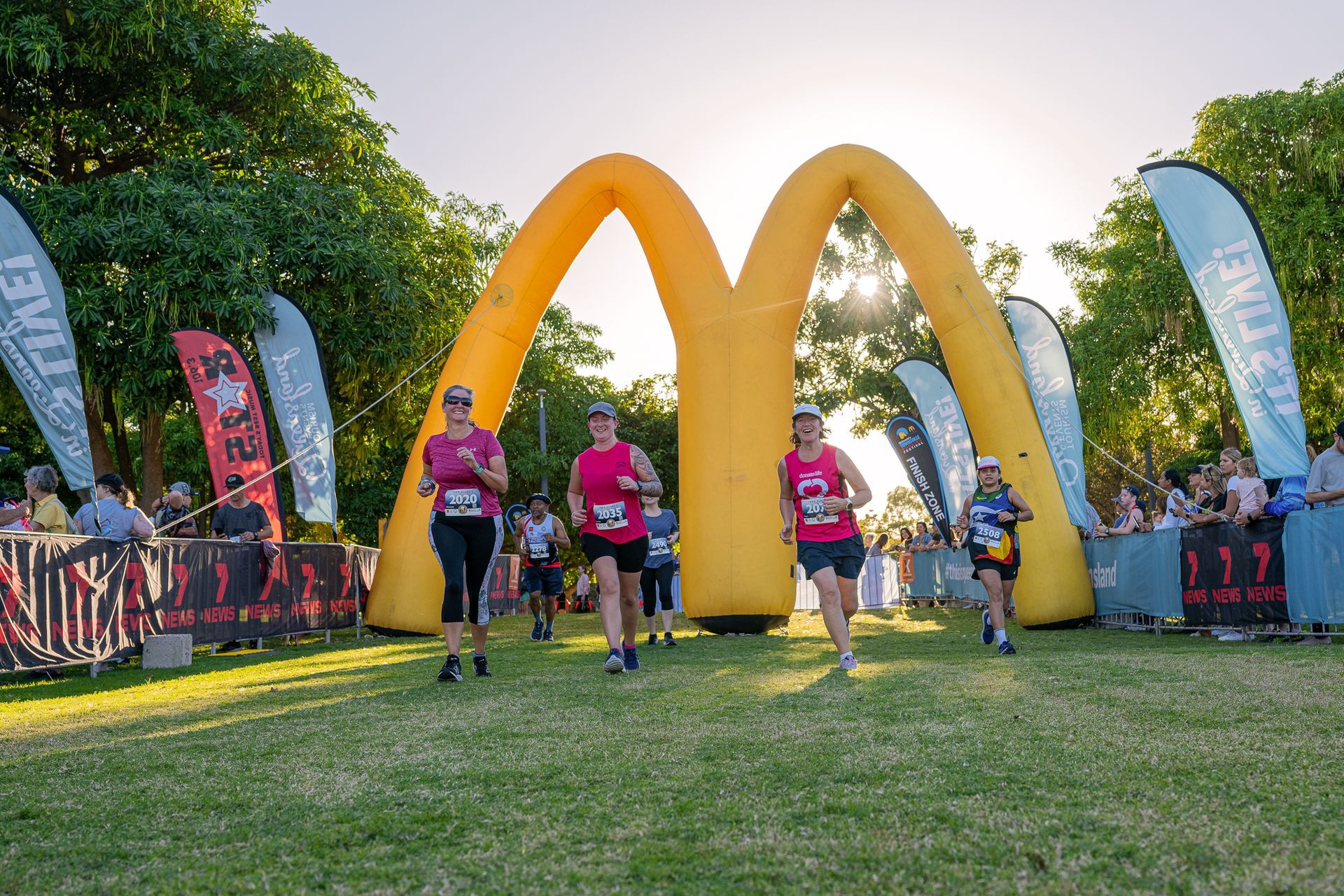
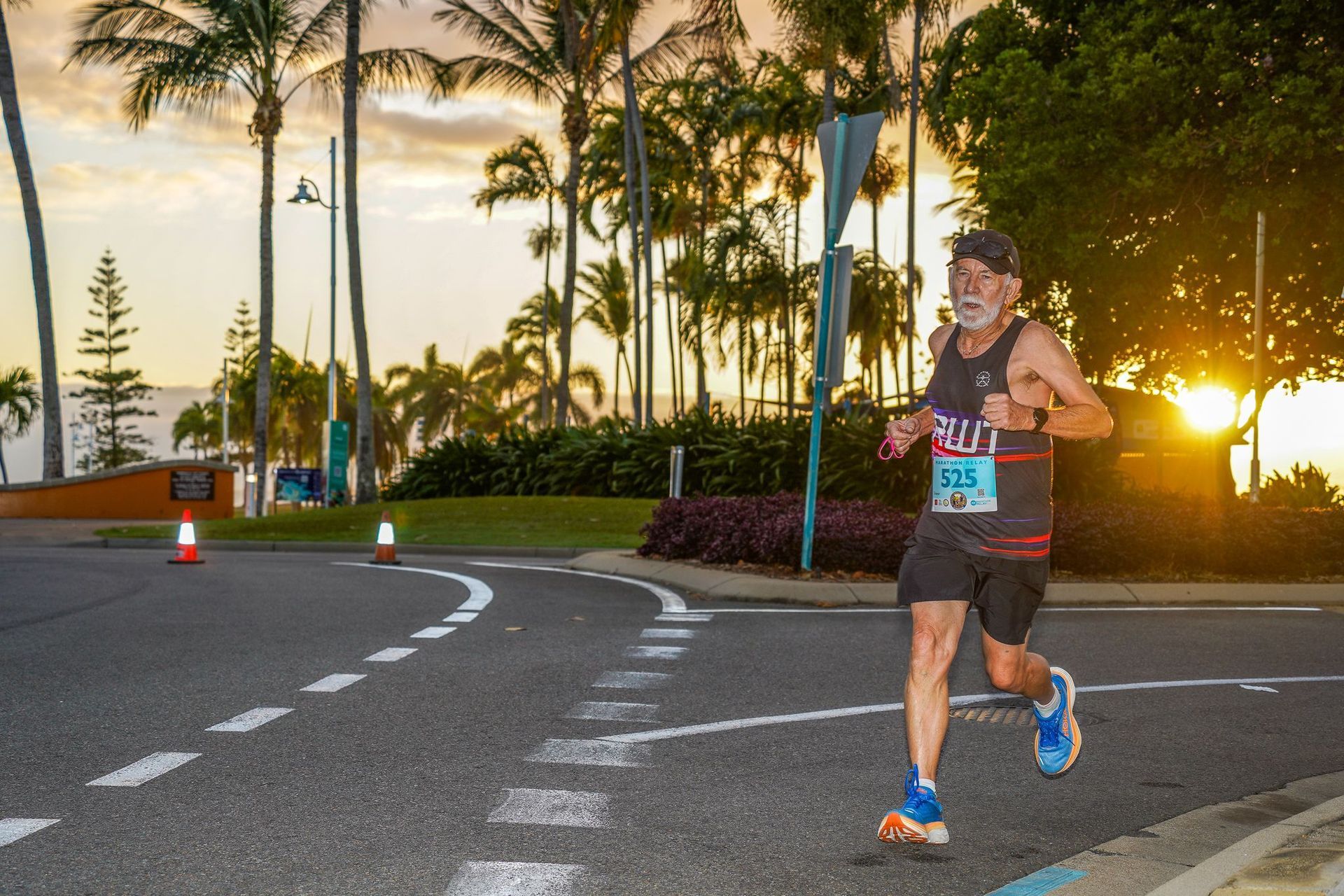
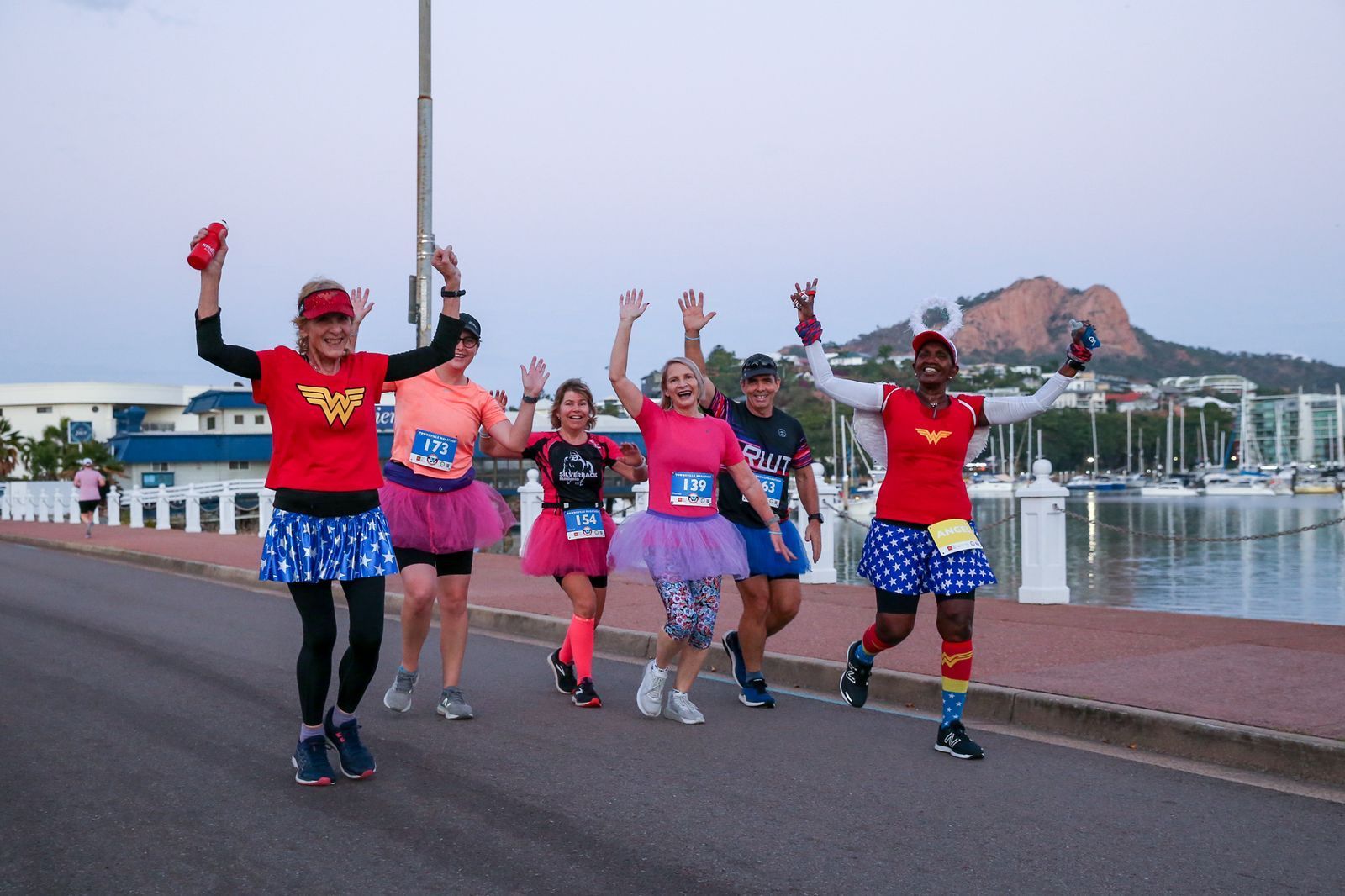
Newsletter
Don't miss a thing! Sign up to receive the latest news.
Newsletter
Thank you for joining our newsletter! You will now be updated on all future news.
Please try again later.
Navigate
All Rights Reserved | McDonald's Townsville Running Festival
Designed with Passion | The Savvy Squad | Professional Website Designers

